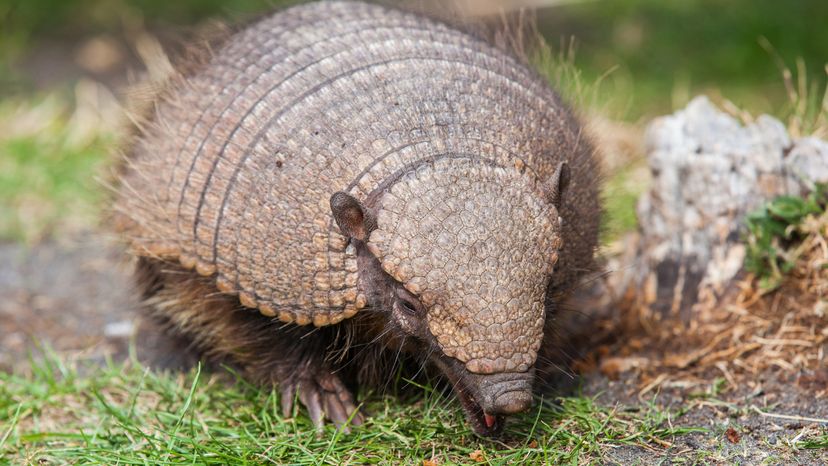
Armadillos, with their unique armor and burrowing habits, can be intriguing creatures. However, when they start invading your property, it's important to know how to get rid of armadillos effectively and humanely. These nocturnal mammals can wreak havoc in gardens, lawns, and even under your house, making it crucial to address an armadillo infestation promptly.
This article provides comprehensive strategies, from prevention to trapping, ensuring that your encounter with these wild animals is short-lived. Whether you're dealing with a lone armadillo or suspect armadillos are making a home in your yard, these tips will guide you through the process.
Advertisement